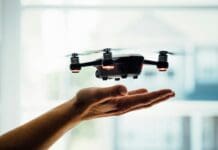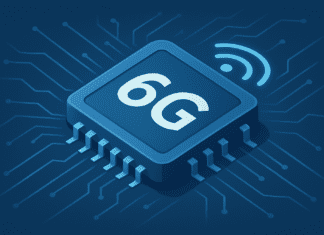This post is also available in:
 עברית (Hebrew)
עברית (Hebrew)
OpenAI’s recent discussion on the future of AI has put a spotlight on a challenge that is quickly moving from academic debate to operational reality: securing increasingly personalized AI systems. The CEO raised the issue during a conversation at Stanford University, where he argued that the next major phase of AI development will revolve around protecting these systems from manipulation, data leakage, and behavior distortion.
The core problem is straightforward: as AI tools begin to learn from user-specific information, including personal preferences, conversational histories, and connected data sources, they become more valuable to attackers. A model that adapts to an individual inevitably accumulates sensitive context. At the same time, its expanding connectivity to outside services creates more channels through which that information can be extracted or misused. Traditional “AI safety” topics are now converging into a more concrete security challenge focused on adversarial manipulation and prompt-based exploits.
The company frames this shift as an opportunity to rethink how AI systems are defended. If personalization is a new attack surface, then the solution starts with understanding how these systems can be tricked, how prompts can be weaponized, and how unwanted behaviors can be prevented. The adversarial robustness — the ability to keep a model stable when confronted with malicious inputs — is one of the most urgent areas for research. Many existing attack types are solvable with better engineering and improved monitoring of how models interact with external tools.
Beyond the immediate fixes, there are several features that will likely define next-generation AI defenses. These include ensuring models know when not to disclose information, maintaining separation between personal data and third-party services, and enforcing stricter controls over what an AI agent is allowed to execute on behalf of a user. As AI systems become more autonomous, the guardrails around them must become more precise.
Although the focus is on commercial applications, the implications for defense and homeland security systems are clear. Military and critical-infrastructure networks are beginning to incorporate AI agents that analyze data, automate responses, and support operational planning. Any weakness in an AI’s personalization or task-execution mechanisms could provide an adversary with an entry point or an intelligence-gathering opportunity, making AI security a strategic requirement rather than an optional feature.
AI will play both roles in this emerging landscape — as a target for attackers and as a tool for defending against them — reinforcing why the field is becoming a priority for researchers, engineers, and security organizations alike.


























